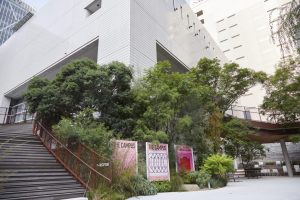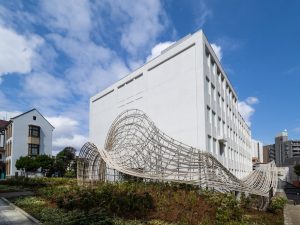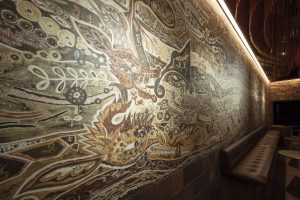The origin of Marubeni Corporation dates back to 1858 when it was founded by Itoh Chubei as a linen wholesaler in Ohmi Province (present-day Shiga Prefecture). The Marubeni Gallery was opened as a facility to exhibit the Marubeni Collection of dyed fabrics, textile designs, paintings, and other items collected over the company’s long history. The gallery holds featured exhibitions three times a year centered on the collection. In the spring of 2022, a café with a large glass window overlooking the greenery of the Imperial Palace grounds was opened on the third floor of the headquarters building of Marubeni Corporation where the gallery is located, attracting many visitors.
Marubeni Gallery
New Art Spot
No.006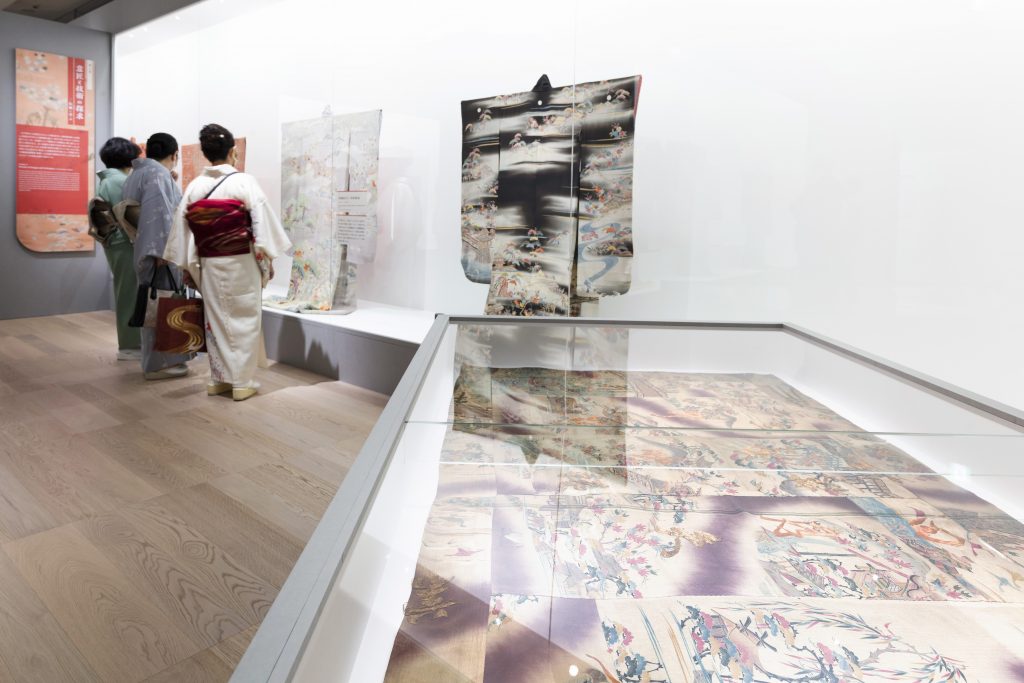
In November 2021, the Marubeni Gallery opened near Takebashi subway station in Tokyo. The space is located on the third floor of the headquarters building of Marubeni Corporation, a major general trading company. Since its establishment in 1858, the company has collected dyed fabrics and textile designs through its textile business. In the 1960s, Marubeni was one of the first general trading companies in Japan to become involved in the art business, and it acquired 1,300 works, including Western and modern Japanese paintings. We visited the cultural facility where they are exhibited.
Kimonos and paintings displayed in a lush green space
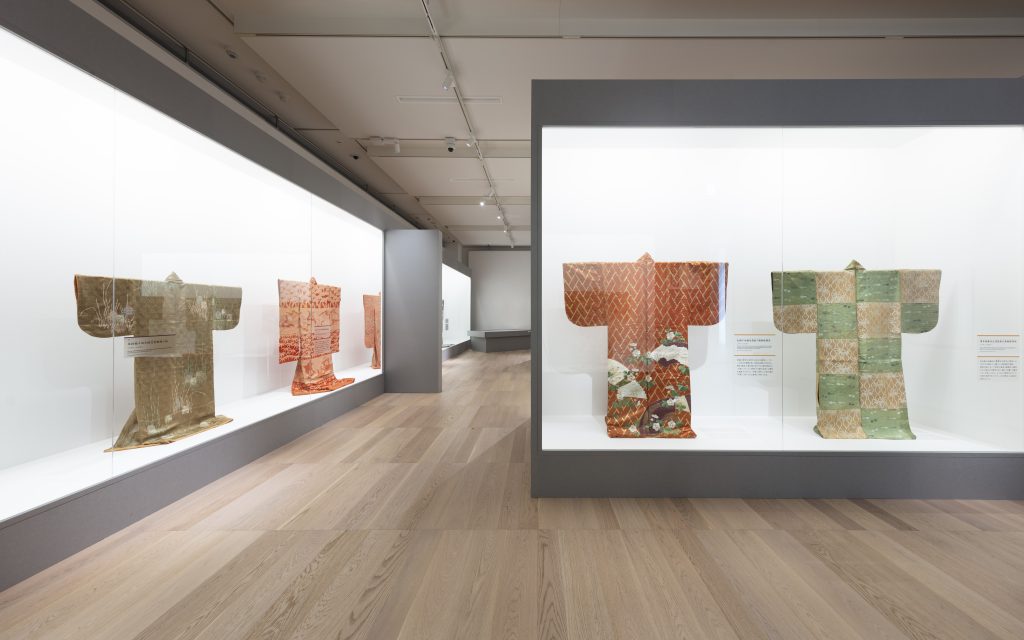
Why did Marubeni own an art collection in the first place? The answer has to do with the company’s history from the Edo Period (1603-1868) to the present day. When a company collects arts and crafts, it is often influenced by the tastes and preferences of management. However, the Marubeni Collection is unique in that it was formed during the company’s growth. For example, dyed textiles and textile designs were collected during the time of the company’s predecessor, Marubeni Shoten, Ltd., for the purpose of creating new kimono designs. The collected Japanese paintings were the works of artists who belonged to groups such as the Kusano-ha kai and Akane kai, which they presided over for the study of dyeing designs. The Kusano-ha kai and Akane kai included prominent painters of nihonga and Western-style paintings such as Insho Domoto, Shinsui Ito, and Takeji Fujishima. And the Western paintings were collected in the process of starting an art import and sales business in the 1960s.
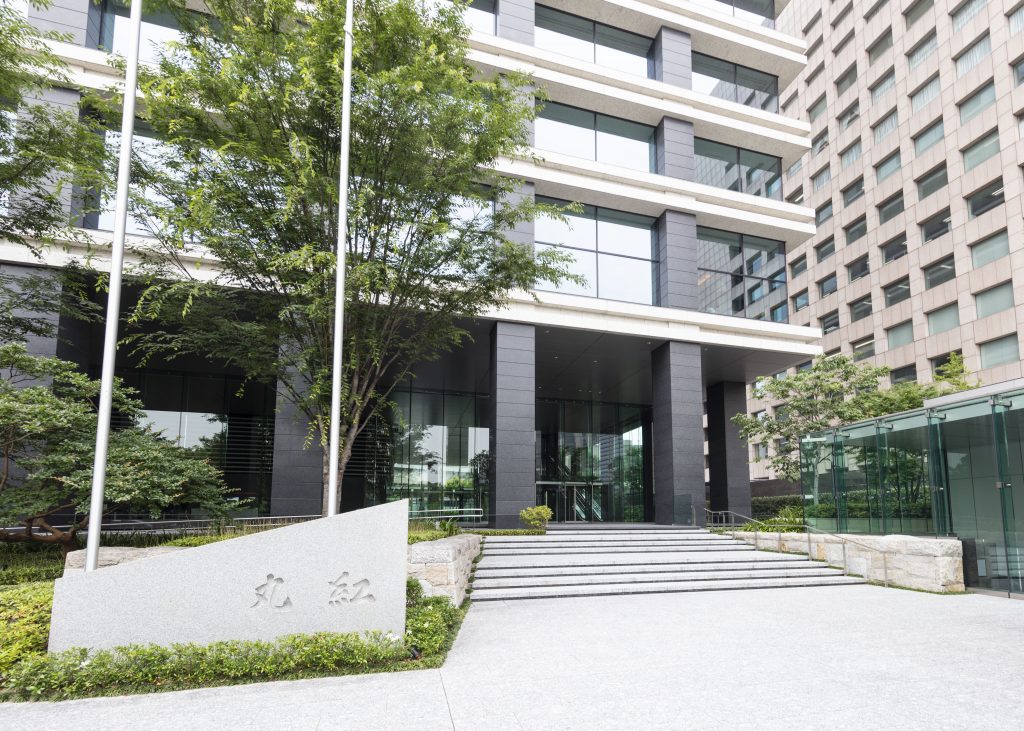
How the collection got started
Underlying the collection is a corporate philosophy. Tsutomu Sugiura, the director of the gallery, says that the characters正 (fairness) 新(innovation) 和(harmony) displayed at the gallery’s entrance form the foundation of the collection.
“Shinobu Ichikawa, who served as the first president of Marubeni Corporation after World War II, adopted the company creed, ‘Fairness, Innovation, Harmony,’ and is still the spirit of the Marubeni Group today. The word ‘innovation’ in this creed represents the Marubeni Group’s attitude of always taking on new challenges. For example, in order to create new kimono patterns, we organized the Kusano-ha kai and Akane kai and asked artists to make proposals. We were also one of the first trading companies to take on the art business, which no one had ever done before (in Japan). This is reflected in our business activities.”
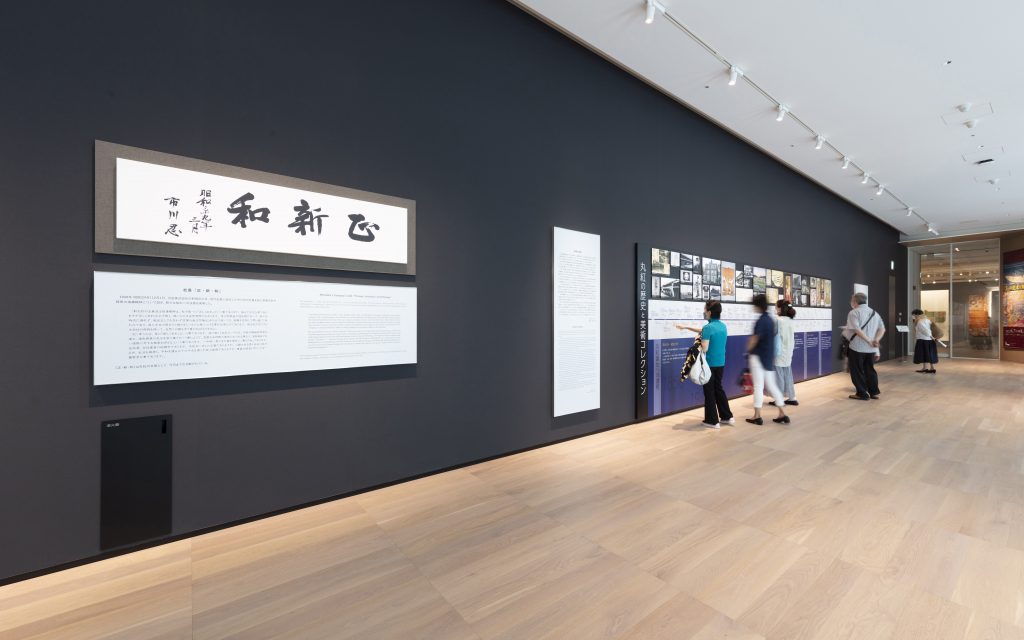
The first items in the collection were kimonos. The collection dates back to the turbulent years of the Taisho Era (1912-1926), following World War I and the Great Kanto Earthquake (1923). In 1924, when the kimono wholesaler Marubeni Shoten operated in Ohmi and Kyoto, the company was trying to expand into Tokyo. Chuzo Itoh, the company’s vice president, visited Mitsukoshi Department Store in the Nihonbashi district along with several employees bringing approximately 1,000 black-dyed patterned, crest-bearing kimonos made by the company. The purpose of the visit was to evaluate the such kimono, a product he was proud of, and to conduct market research in the Tokyo area. However, the words of one person at Mitsukoshi shocked Chuzo Itoh.
Out of 1,000 pieces of kimonos, he was told, “There are only three pieces that we think are good. Among them, there is only one that Mitsukoshi would buy and sell right now.” These words made Chuzo Itoh and the management team keenly aware of the importance of gathering market information and researching designs. So, he created Senshoku Meihin Kenkyukai (society for the study of dyeing and weaving masterpieces, hereinafter referred to as Meihinkai) the following year. Meihinkai was an organization that collected and studied classic costumes with the aim of creating dyed and woven products that were in tune with the times. Meihinkai collected old and valued dyed textiles such as Noh costumes, kosode (kimono with small-sleeve openings), obi sash belts, fragments of (ornamental) textiles, and fukusa square textiles from various regions. The foundation of present-day kimono collections was laid.
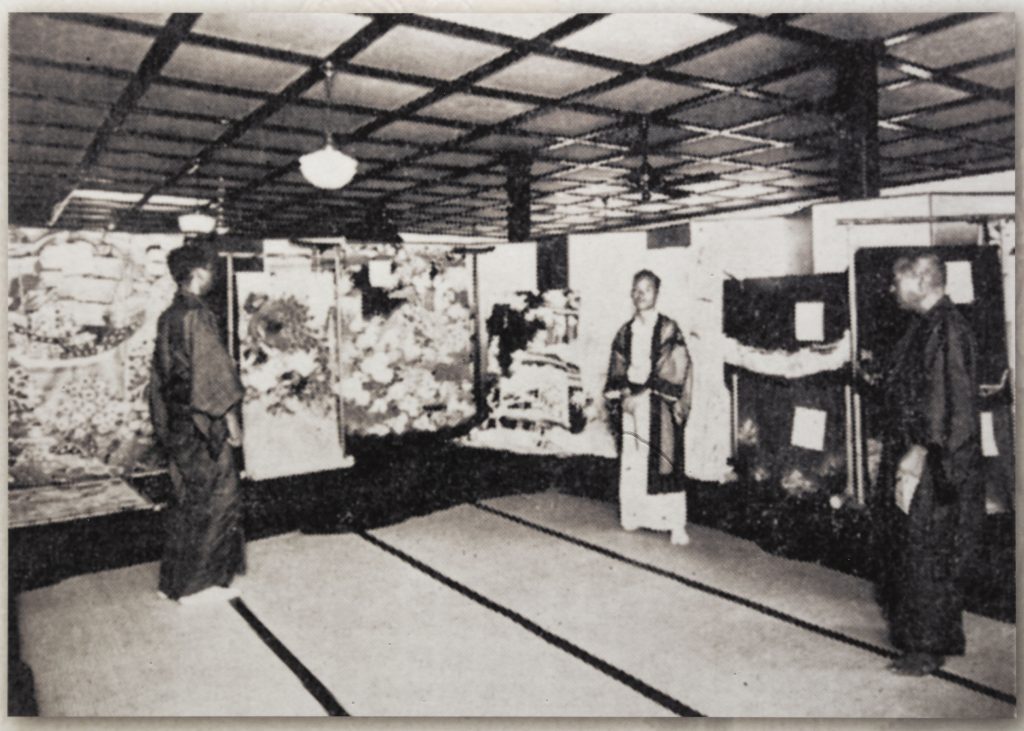
How to enjoy dyed and woven goods
The masterpieces of the period thus collected were on display at the Marubeni Gallery Opening Exhibition II: Pursuing and Passing Down the Beauty Kimono of the Marubeni Collection (June 7 - August 1, 2022), which we cover in this article. Of the dyed and woven items in the Marubeni Collection, 15% are Noh costumes, and there are also kosode small-sleeved kimono, wedding costumes, furisode long-sleeved kimono, and other items. Kosode account for about 35% (150 items) of the total, with the oldest items dating from the Azuchi-Momoyama Period through the late Edo Period and Meiji Era. The quality and quantity of the collection allows an overview of the history of dyeing and weaving in Japan in the modern period. At the exhibition, a wide variety of expressions were introduced, following the times, including those from the Meiji and Taisho eras, when chemical dyes and such technologies like Jacquard machines were implemented, and those from the Showa Era, when traditional techniques and designs were incorporated into the modern age.
-799x1024.jpg)
The sketch is said to have been drawn by Katsukawa Shunsho. The towboats on this kosode became the motif of the Marubeni Gallery logo. It is also said that Marubeni founder Itoh Chubei, who made his living as a traveling wholesaler, crossed the Yodo River in a Japanese-style boat on his first business trip.

Edo Period (first half of the 19th century)
Uchikake outer kimono with chrysanthemums, peonies, and wisteria arranged allover, with wavy patterns in between. It is said to have been worn by women of the samurai class family on ceremonial occasions.
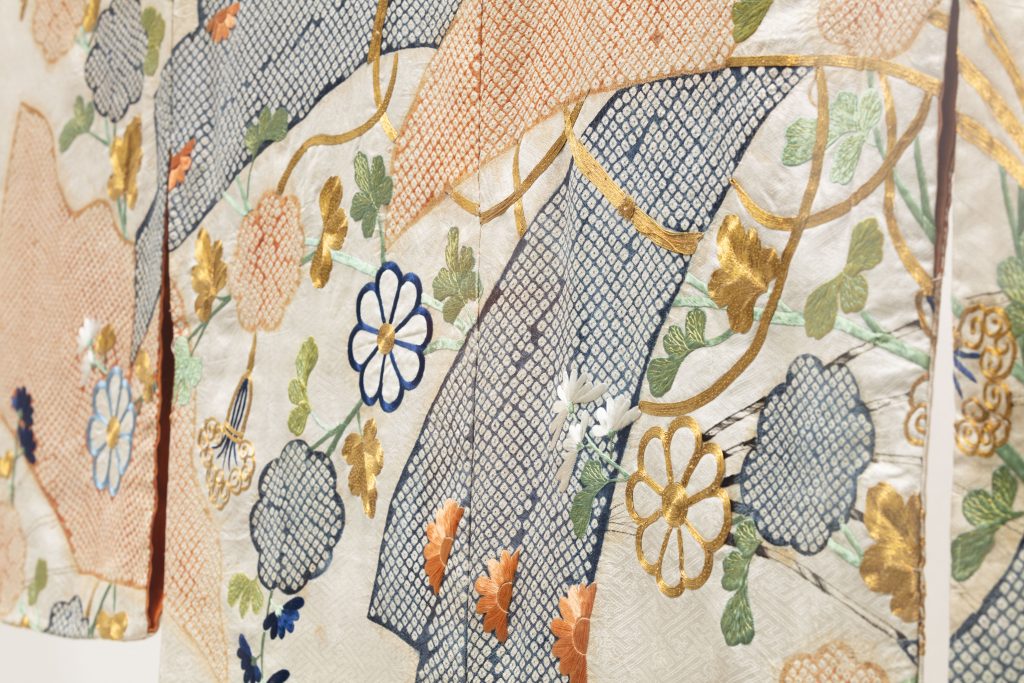
When viewed up close, you can also appreciate the intricate patterns of the fabric.
We asked Director Sugiura about key points of appreciation.
“A good kimono is carefully worked on the ground pattern (pattern of the fabric). It may be difficult to see in a photograph, but when you look closely, you will be overwhelmed by the detailed handwork. There are also many unique designs, such as a monkey running away from a hunter riding on a rabbit, or a large parade of insects such as locusts and grasshoppers. Each viewer will enjoy them with their own perspectives, such as the patterns created based on Noh songs, beautiful color tones, and the exquisite techniques. Please visit our gallery to see the actual works.”
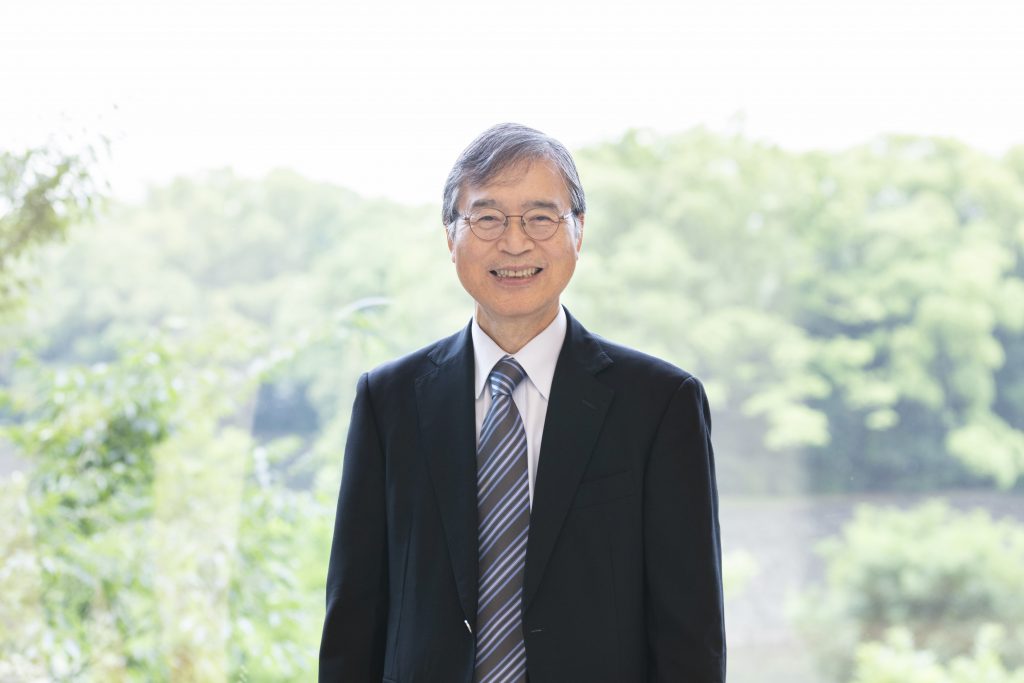
Collection that connects to contemporary creation
An exhibition of contemporary kimono is sometimes held on the same floor as the Marubeni Gallery. The organizer is Kyoto Marubeni Co., Ltd., which has inherited Marubeni’s ancestral kimono business and is engaged in kimono planning, manufacturing, and sales.
“We have in-house designers who help with maintenance, such as storing and airing the collection, which allows them to come into contact with the authentic items, which in turn helps them come up with design ideas,” said Kazuo Hashi, Marketing Manager. Kyoto Marubeni continues to organize the Biten exhibition (from 1927), which originated with Kusano-ha kai and Akane kai, in an effort to keep Edo Period creations from fading into the past and to bring them into the present.
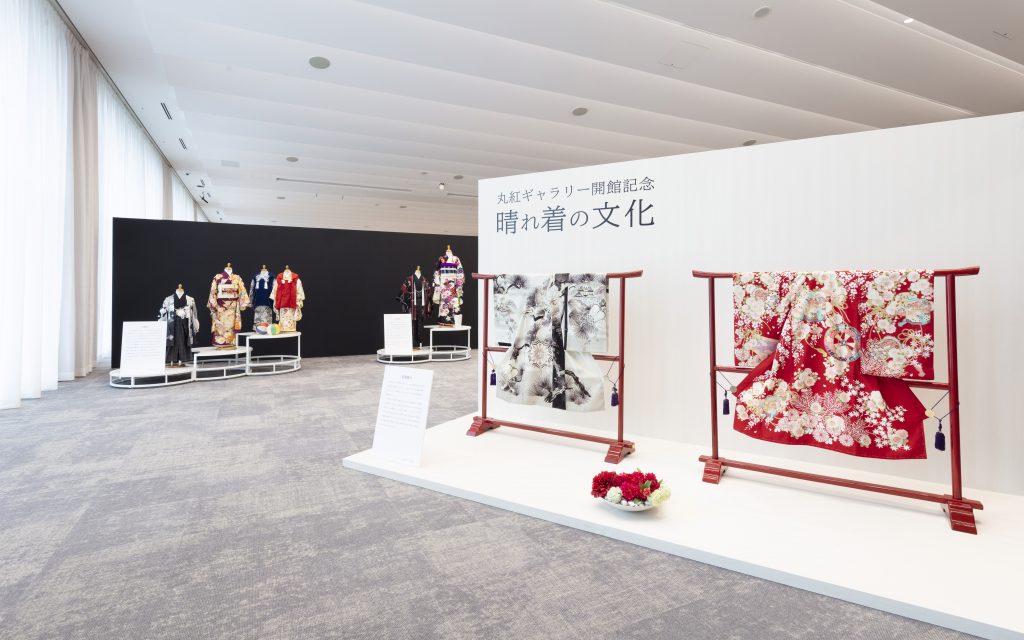
In December 2022, the Marubeni Gallery held the Marubeni Gallery Opening Exhibition III: Botticelli Special Exhibition featuring La Bella Simonetta (second half of the 15th century) from its collection acquired from the 1960s-1970s. It is the only Botticelli work housed in Japan. The fourth opening exhibition in 2023 presents textile designs. Through the art collection that has accompanied the company’s history, this space allows visitors to experience the beauty from all times and places.
Japanese original text: Emi Sato
Photo Shu Nakagawa
Translation: Kae Shigeno
Marubeni Gallery
Location: 3F Marubeni Tokyo Head Office 4-2, Otemachi 1-chome, Chiyoda-ku, Tokyo
Open Hours: 10 a.m.-5 p.m. (last admission 30 minutes prior to closing)
Closed: Sundays, holidays, New Year holiday/Exhibition preparation periods
Admission: 500 yen (adults and university students)
https://www.marubeni.com/gallery/en/


